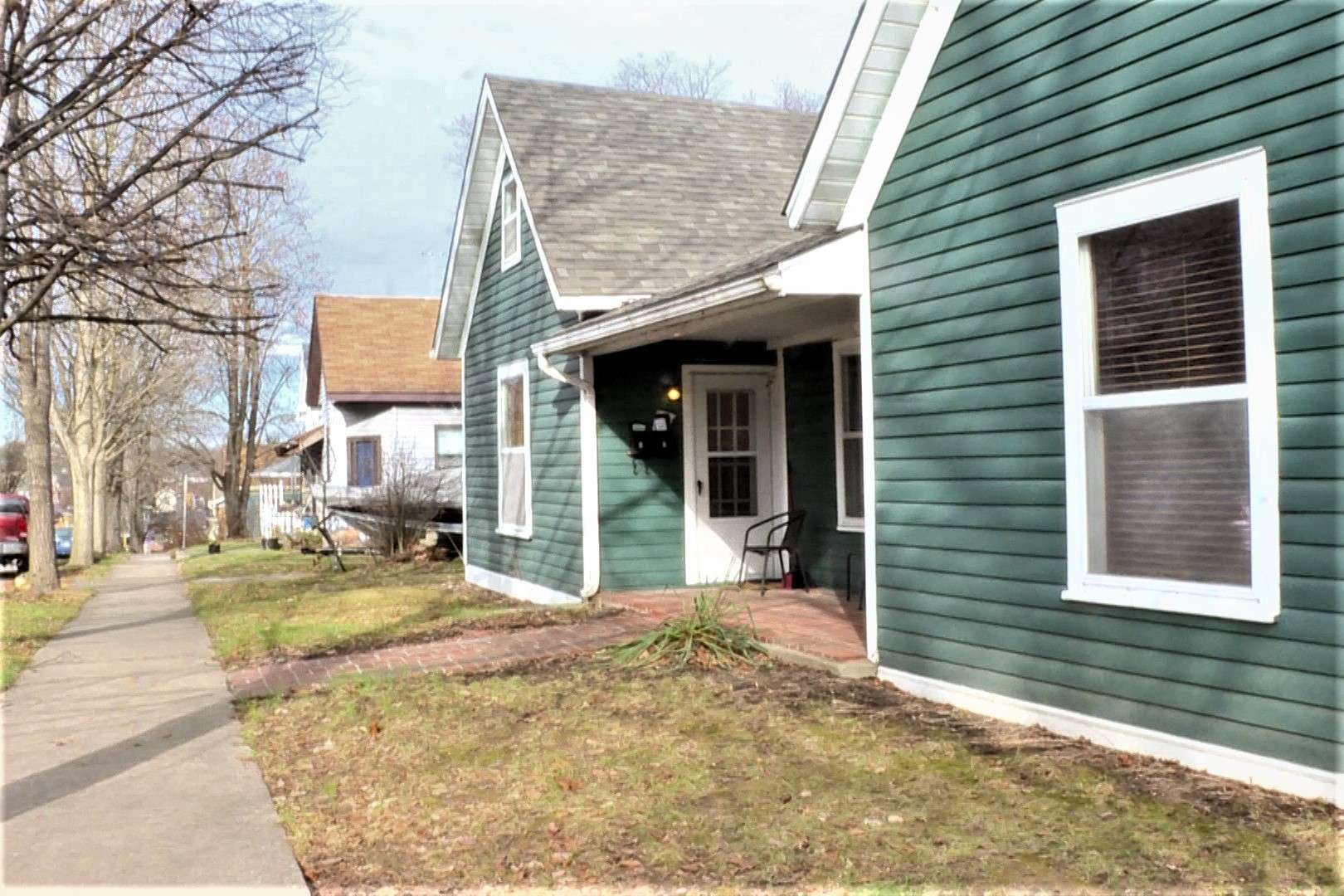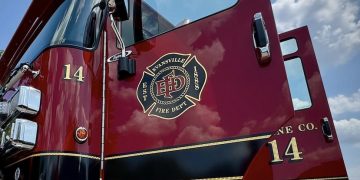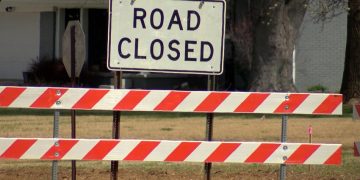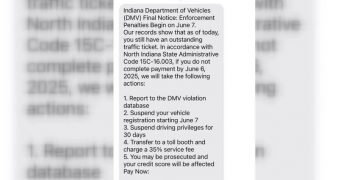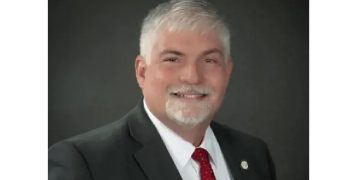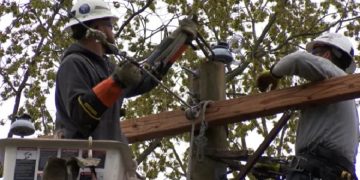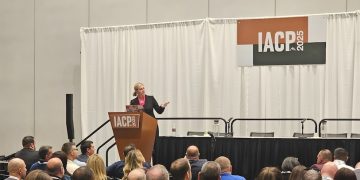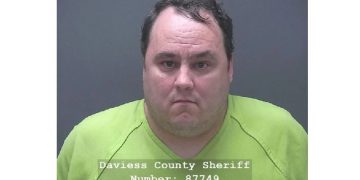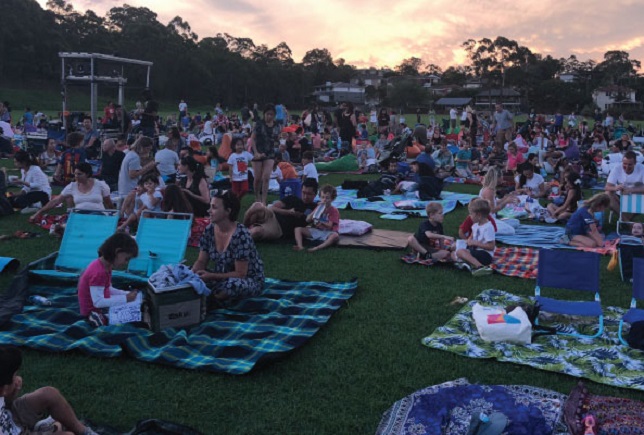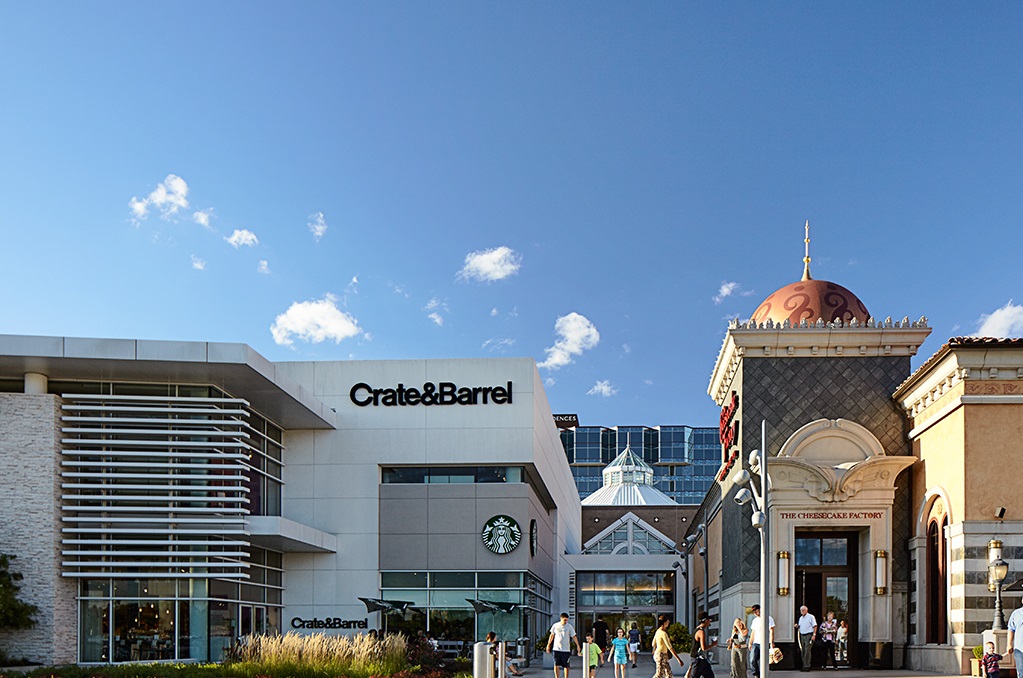Bloomington’s plan commission did not take any substantive votes at its Thursday special session, which was dedicated to just one of 10 ordinances currently under consideration to amend the city’s unified development ordinance (UDO).
But the commission did hear about three hours worth of public commentary from 54 different people, about a possible amendment to the ordinance that was on Thursday’s agenda.
The areas of the city affected by the ordinance are commonly called the “core neighborhoods.” In zoning terms, it’s the R1 (residential large lot), R2 (residential medium lot) and R3 (residential small lot) zoning districts.
Whether the plan commission will recommend to the city council that a duplex in the R1 through R4 districts is a permitted (by-right) use, a conditional use, or a completely disallowed use will have to wait until the next meeting of the plan commission.
The next meeting of the plan commission is set for Monday (March 29) at 5:30 p.m.
Conditional uses are allowed uses, but have to be approved by the city’s board of zoning appeals (BZA)
The ordinance on Thursday’s agenda would revise the way the UDO handles duplexes, triplexes and quadplexes—the so-called “plexes.”
In the current version of Bloomington’s UDO, no plexes are allowed at all in the R1 (residential large lot), R2 (residential medium lot) or R3 (residential small lot) zoning districts.
The ordinance being considered by the plan commission on Thursday would allow duplexes as a conditional use in R1, R2, R3, as well as in the new R4 (residential urban) district.
The amendment to the ordinance considered on Thursday would eliminate duplexes as an allowable use in R1, R2, and R3—effectively leaving that part of the current UDO in place. The amendment is sponsored by commissioner Susan Sandberg, who is the city council’s representative to the plan commission.
Commentary on Thursday night ran better than 2-to-1 in favor of Sandberg’s amendment—which is to say against allowing duplexes in R1, R2, and R3.
Sandberg said she was sponsoring the amendment on behalf of a group calling itself “Go Farther Together.” The group wants to “hit the pause button” on the question of plexes, in order to gather more data and to include the perspectives of those who have not been heard yet.
If a majority of the nine plan commissioners vote to support Sandberg’s amendment on March 29, it’s unlikely that a competing amendment from commissioner Jillian Kinzie would even be considered. That’s because Kinzie’s amendment would take the opposite approach to plexes from Sandberg’s.
Instead of converting a duplex in R1, R2, R3 from a conditional use to a disallowed use, Kinzie’s amendment would make a duplex in R1, R2, R3 and R4 a permitted use. If Sandberg’s amendment were to fail, that would make consideration of Kinzie’s amendment plausible.
Much of the public commentary on Thursday night covered familiar ground.
Arguments that have been made by supporters of plexes include: more compact built structures, which reduces energy use and greenhouse gas emissions; increases to housing supply, which pushes housing costs down and improves social equity; and improved feasibility of public transportation.
Arguments against allowing plexes include: concerns about the elimination of existing cheaper housing; the loss of the social fabric that ties single-family neighborhoods together; the lost benefits of owner-occupied housing; and conversion of single-family houses to multi-unit dwellings that send rent payments to out-of-town owners.
A few minutes before 9:30 p.m on Thursday, after public commentary concluded, plan commissioners voted 8–0 to continue discussion of Sandberg’s amendment to their Monday, March 29 meeting. They were up against a rule in their bylaws that says they have to vote to suspend the rule, in order to go past 9:30 p.m., or end the meeting.
Factoring into the decision to delay a vote on the ordinance was commissioner Chris Cockerham’s absence. Also a factor was Kinzie’s need to step way from Thursday’s meeting for a half hour to attend to a previous commitment. She asked commissioners to consider delaying a vote until she had a chance to review the meeting recording for what she’d missed.
Commissioners took a vote to start the meeting on the length of public commentary turns. The president of the plan commission, Brad Wisler, suggested that the normal 5-minute time limit on public commentary be reduced to three minutes—for the ordinance amendments, but not on the ordinance as a whole.
The tally on that vote was 5–3, with Sandberg, Falvia Burrell, and Beth Cate dissenting. Chris Cockerham was absent.
That meant each public commenter had three minutes.
On March 29, there will not be an opportunity for additional public commentary on Sandberg’s amendment. But for any other amendments, plus the ordinance as a whole, there will be additional chances for people to have a say.
In addition to Kinzie’s amendment, the commission could on March 29 take up a proposal from Wisler. Wisler’s amendment would eliminate the time and space separation requirements on duplexes that are currently a part of the proposed ordinance.
As proposed under the ordinance being considered by the plan commission, once a duplex is granted conditional use in R1, R2 or R3, a 150-foot buffer would be created around the approved duplex for two years. During those two years, no other duplexes could be approved in the buffer area. Wisler’s amendment would strike the buffer and the two-year requirement.
City attorney Mike Rouker responded to a question from The Square Beacon about the possibility that a property owner could use the proposed two-year 150-foot buffer as a way to proactively prevent someone from building a duplex near their own house. The idea would be to apply to the BZA for approval of a duplex, but never build one, still preventing nearby property owners from building one.
Rouker said in an emailed reply, “A determined and devious person could block nearby plexes by obtaining a permit they never intend to use (though I think they might have a hard time pulling off that sort of deception a second time).”
Rouker added, “We would consider a situation where a person or entity obtains a conditional use permit with no intention of exercising their rights pursuant to the permit to be a fraudulent request.”
He concluded, “We don’t encounter that sort of fraud very often, but if we started to see it in this context it would very much influence (1) proceedings before the BZA and the sorts of questions petitioners are asked before they are granted a permit and (2) also would likely motivate us to seek a legislative fix to mitigate the risk of fraud.”
